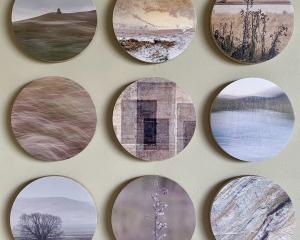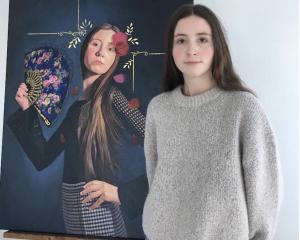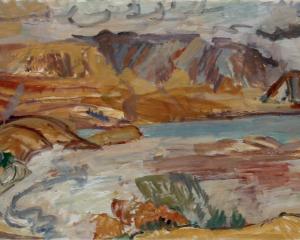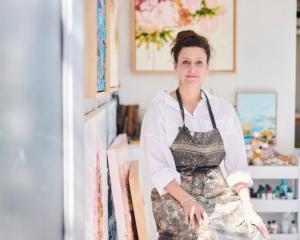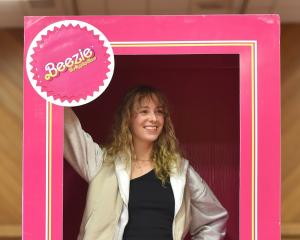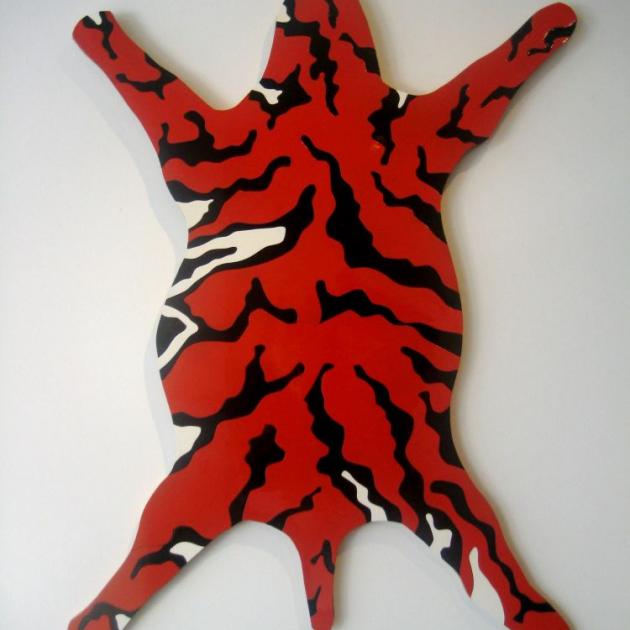
''Wild Game'', Hamish Jones (Gallery Thirty Three, Wanaka)
On paper, it sounds a little macabre: an art exhibition that plays with the idea of animal skins hung on the wall as trophies.
In reality, Hamish Jones' ''Wild Game'' collection is exuberant and dynamic, more a statement on life and imagination than a depiction of death.
The works at first appear to be single canvases, each in the shape of a brightly coloured splayed animal that might have just leapt up and collided, cartoon-style, with the wall.
There is a vivid sense of energy in the pieces that defies any interpretation of them as lifeless skins.
Closer inspection reveals each creature has been cut from a number of different pieces and the shapes reassembled like a children's jigsaw puzzle.
That allusion to childhood play is reflected in the double meaning of the title ''Wild Game'', touching on both the innocence of a child's pretence, the fascination with stuffed animals, costumes and role-play, and the darker reality when adults exchange toy guns and animals for the real thing.
The block colours, outlandish names and pop art appearance of the works reinforce that idea of an illustration, a game for children, while the inclusion of rare tigers and other species highly prized on the hunting field provides a subtle sharp edge to an otherwise light-hearted, whimsical tone.
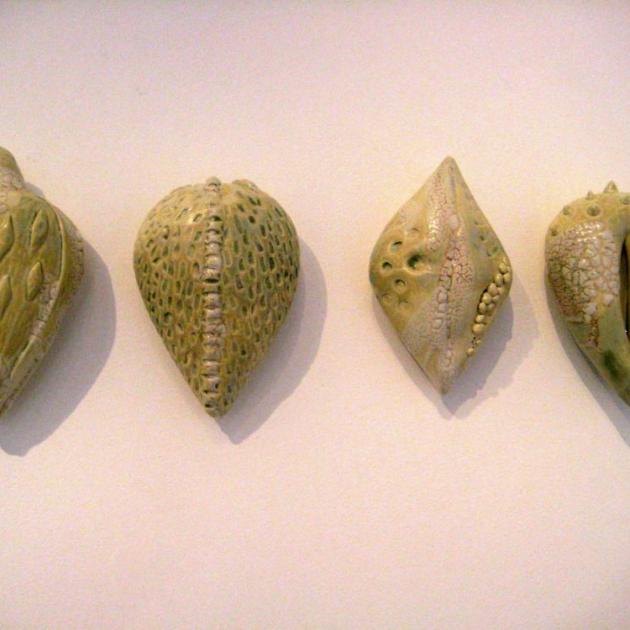
''Fossilised Forms'', Sue Rutherford (Hullabaloo Art Space, Cromwell)
Fossils, bones and shells are a study in contrasts.
Fossils, formed over long periods of time under immense environmental pressures, are yet in themselves often fragile, delicate and breakable.
Bones and shells are functional symbols of strength, protection and stability, yet they, too, can be shattered at one strike.
In her series ''Fossilised Forms'', ceramic artist Sue Rutherford uses clay, another medium both solid in appearance and vulnerable to destruction, to capture the shapes and textures of natural treasures she finds on the shores of Lake Hawea and the West Coast beaches.
The pieces are layered and sanded back, a process of forced erosion by human hands that mimics the constant rhythm of building up and breaking down in nature.
Each ceramic ''shell'' or ''fossil'' is unique in its twisted form and painted exterior, some a comparatively simple reproduction of line and pattern, others etched and imprinted with stones, cracks and algae to give an abstract impression of the lake shores and river banks.
The largest installation, A display of curiosities, is a collection of different shells, fascinating in their parade of coloured dots and flecks, while the balloon-shaped Seed Pods are more conceptual in appearance, seeming to capture elements of the water, sky and sunshine in their markings.
Fish Bone is perhaps the most interesting piece, a grouping of simulated fossils etched in intricate detail.
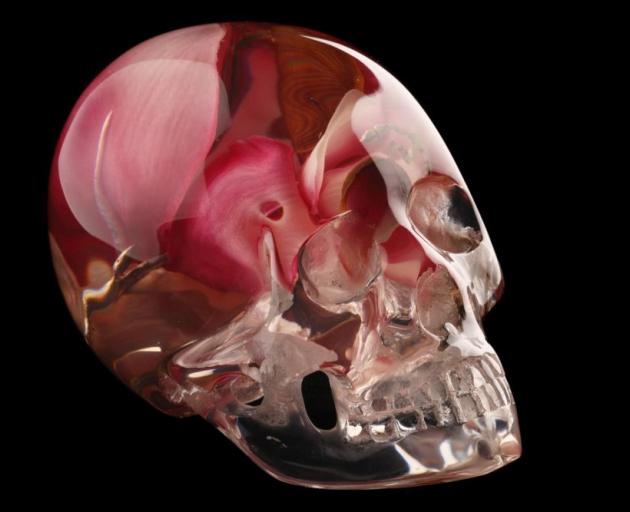
''Place and Time: Five Women Artists'' (Studio Red Gallery, Bannockburn)
Studio Red's ''Five Women Artists'' walk very different roads in terms of style, but their paths cross thematically as they explore the recurring cycles of life, death, destruction and reconstruction.
Sarah Anderson delves into decay and regeneration in the domestic sphere, recycling wood from discarded cabinet doors and salvaging interesting organisms from the back of the fridge or the bottom of tins.
In her Memento Mori, Earthly Delights duo, she paints the items of forgotten food, now withered, twisted and sprouting new appendages, to appear almost like marine creatures or flowers.
Megan Huffadine looks at the human desire to make collections and keepsakes, drawing on the role of memory and the instinctive associations that we make between items and the past events, sights and smells that they evoke.
Her ambiguous shapes and patterns could be museum artefacts, shells, animals, vessels or weapons, depending on the viewer.
Alice Blackley and Kim Logue take on nature, the duelling forces of conservation and industrial progress, with Logue's Melos Memories and Puketi Oracle being particularly fascinating in their rare use of obsidian for glass casting.
Rebecca Stewart's resin skulls have perhaps the most shocking visual impact. Alluding to the traditional 16th and 17th-century ''vanitas'' paintings,
Stewart creates a piquant contrast by filling her objects of death with symbols of growth and joy.
The result is strangely beautiful.
- by Laura Elliott

